Wouldn’t you like to keep a dog that lives a long life? If you’re looking for longest-living dog breeds, real dog lifespan numbers, and exactly how to keep a pup thriving into the teens (and beyond)? You’re in the right place. While the average canine life expectancy hovers around 10–12 years, some breeds routinely reach the mid-teens thanks to smaller body size, slower growth, and smart care. Large population studies and the Dog Aging Project consistently show that smaller dogs outlive larger dogs and that growth-related biology (notably the IGF-1 pathway) helps explain the size–longevity link. We’ll translate the science into practical tips—nutrition, weight control, dental care, exercise, and vet screening—so your dog’s health span rises with the years.
Just as important as genetics is lifestyle: evidence shows excess body weight can cut a dog’s life by as much as 2.5 years. Keep calories honest, bodies lean, and minds busy; combine this with preventive vet care and you dramatically tilt the odds toward a longer, happier life—no matter the breed.
#30. Australian Cattle Dog
The Australian Cattle Dog is an iconic working breed that was developed in the 19th century to help ranchers herd cattle across Australia’s rough, hot terrain. Known for its intelligence, stamina, and striking blue or red speckled coat, this medium-sized herding dog is both a loyal family companion and a tireless worker. In the U.S., they’ve gained popularity not only for their athleticism but also for their strong bonds with owners, making them a favorite among active households and farm families alike.
Why they live long: Working background plus moderate size helps. The breed’s longevity lore is anchored by Bluey, the verified oldest dog on record at 29 years 5 months, underscoring the ceiling of what’s possible (even if not typical). Genetic robustness from select working lines, strong muscle-to-fat ratio, and all-weather resilience contribute.
Care to maximize years: Prioritize joint support (omega-3s, fitness that balances sprint work with low-impact cardio), year-round tick/heartworm prevention for outdoor dogs, and daily mental jobs (herding games, scentwork). Keep body condition lean—excess weight punishes joints and shortens lifespan.
#29. Border Collie
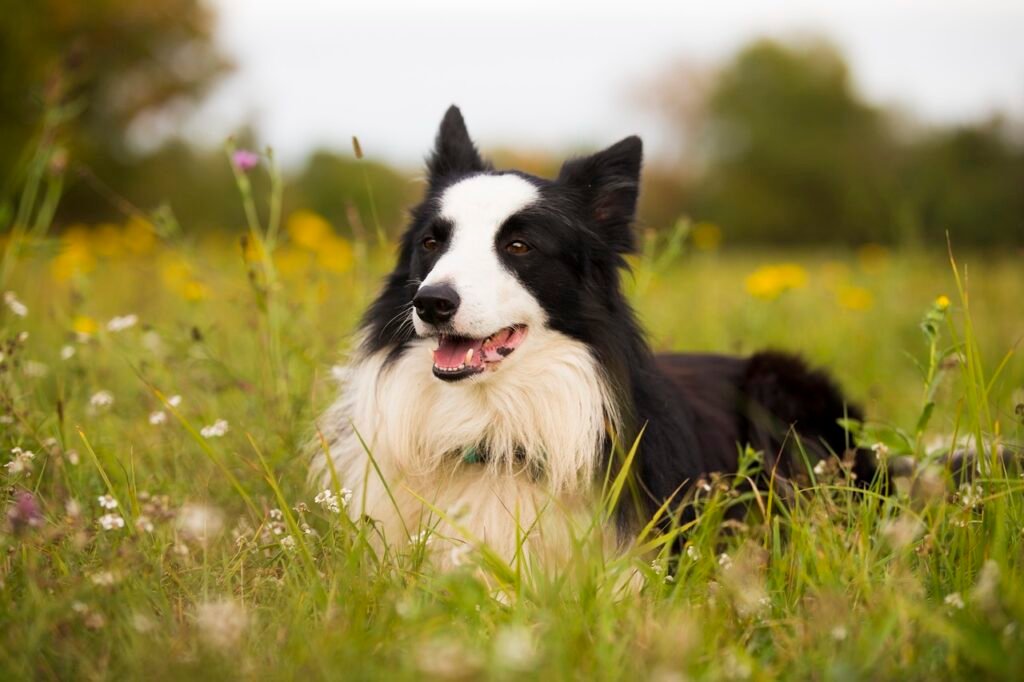
Known as the world’s smartest dog, the Border Collie is a medium-sized herding breed hailing from the borderlands between England and Scotland. Their sharp eyes, often referred to as the “collie stare,” and unmatched agility make them incredible workers on sheep farms. In the U.S., Border Collies are beloved not only by farmers but also by agility and obedience enthusiasts, as well as families who can keep up with their high energy and need for purpose.
Why they live long: Their medium stature avoids the growth-rate/IGF-1 burden of giant breeds while benefiting from a naturally high activity baseline—correlates associated with longevity in population studies. Many Border Collies comfortably reach 12–15 years.
Care to maximize years: Give daily purpose: agility, flyball, herding lessons, trick training. Rotate aerobic exercise with joint-friendly work (hikes on soft ground). Annual dental cleanings and lean nutrition safeguard both healthspan and lifespan.
#28. Standard Poodle

Often recognized for their elaborate show cuts, Standard Poodles are far more than ornamental dogs. Originally bred as water retrievers in Germany, they’re excellent swimmers, natural athletes, and among the most intelligent breeds. In America, their hypoallergenic coats and adaptable personalities have made them one of the most versatile companion dogs—suitable for families, therapy work, and canine sports alike.
Why they live long: For a larger breed, Standards often outpace peers, with life expectancies overlapping smaller dogs (commonly 12–15 years). Poodles benefit from genetic lines selected for performance and a healthy body-fat setpoint.
Care to maximize years: Keep them lean (rib outline visible under a light coat of muscle), build joint stability through swimming and controlled fetch, and keep ears/dentition meticulously clean. Regular cardiac and orthopedic screening helps you stay ahead of age-related change.
#27. Pembroke Welsh Corgi
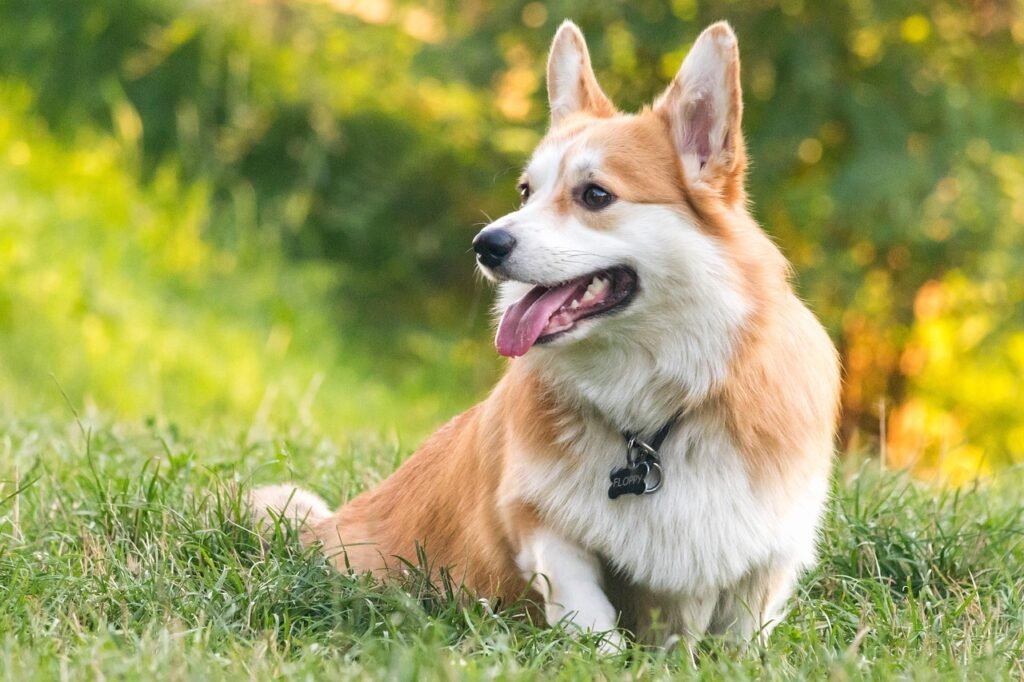
Meet the breed: Famous as the favorite dogs of Queen Elizabeth II, Pembroke Welsh Corgis are small but bold herding dogs. With their short legs, fox-like faces, and bubbly personalities, they have won hearts worldwide. In the U.S., Corgis are adored as family pets, apartment companions, and social media stars thanks to their expressive faces and clownish behavior.
Why they live long: Their medium-small size supports longevity; many live 12–13+ years. However, their long backs demand careful weight management to protect spinal health—vital for maintaining active years.
Care to maximize years: Elevate food/water bowls, maintain ideal body condition, and favor core-strengthening walks over repetitive high jumps. Use ramps for cars/sofas, and plan routine dental care and senior bloodwork from ~8 years onward.
#26. Shiba Inu
Meet the breed: The Shiba Inu, Japan’s national treasure, is a compact spitz breed with foxlike looks and a famously independent streak. Known for their cleanliness and catlike self-sufficiency, Shibas are one of the oldest native Japanese breeds, originally used for hunting. In the U.S., they’ve surged in popularity thanks to their bold personalities, loyalty, and viral fame as the face of “Doge” internet memes.
Why they live long: Small-to-medium size plus hardy northern-breed roots mean many Shibas reach the mid-teens. Their self-contained activity and lean frames align with population patterns that favor smaller, fit dogs.
Care to maximize years: Emphasize weight control, high-quality protein, and early socialization to curb stress (chronic stress can chip away at healthspan). Brush double coat routinely and schedule annual dental cleanings.
#25. Shetland Sheepdog
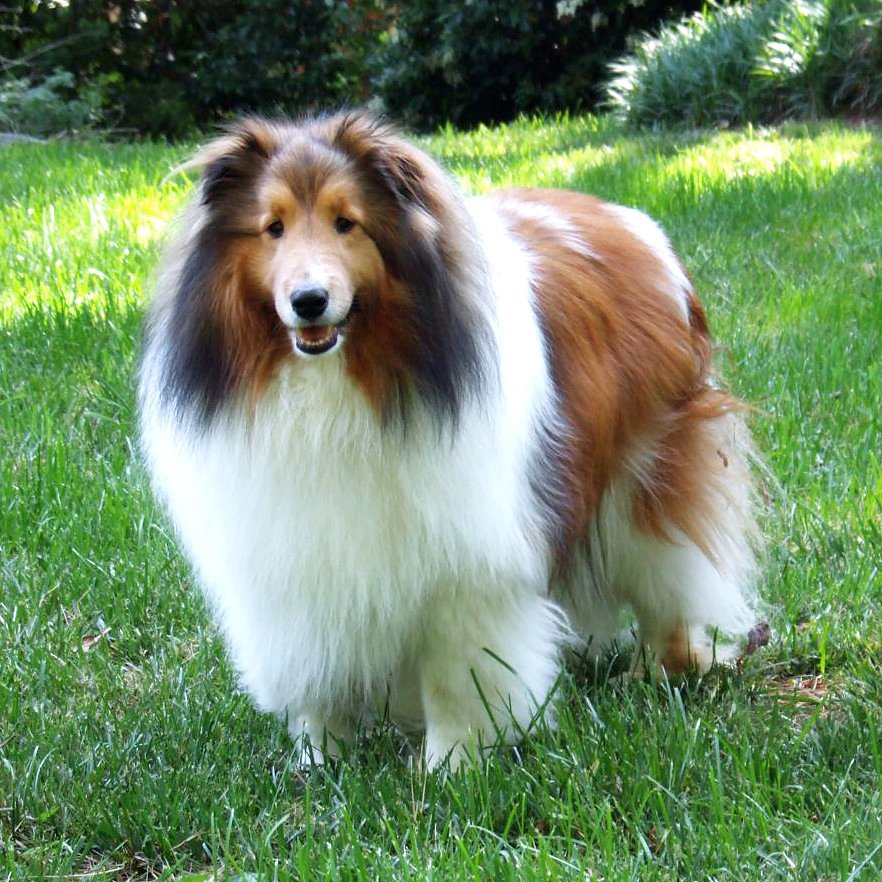
Meet the breed: Sometimes called the “miniature Collie,” the Shetland Sheepdog is an agile, intelligent herder from Scotland’s Shetland Islands. Known for their luxurious coats and expressive eyes, Shelties excel in obedience and agility sports. In the U.S., they are loved for their affectionate personalities, eagerness to please, and ability to bond strongly with families.
Why they live long: Medium-small frame and active lifestyles correlate with longer life; many Shelties see 12–14 years. Select lines maintain robust hearts and joints—key for graceful aging.
Care to maximize years: Daily brain games (nosework, rally) plus low-impact cardio. Keep fur and teeth clean and the waistline defined, even mild obesity trims years off life.
#24. Miniature Schnauzer
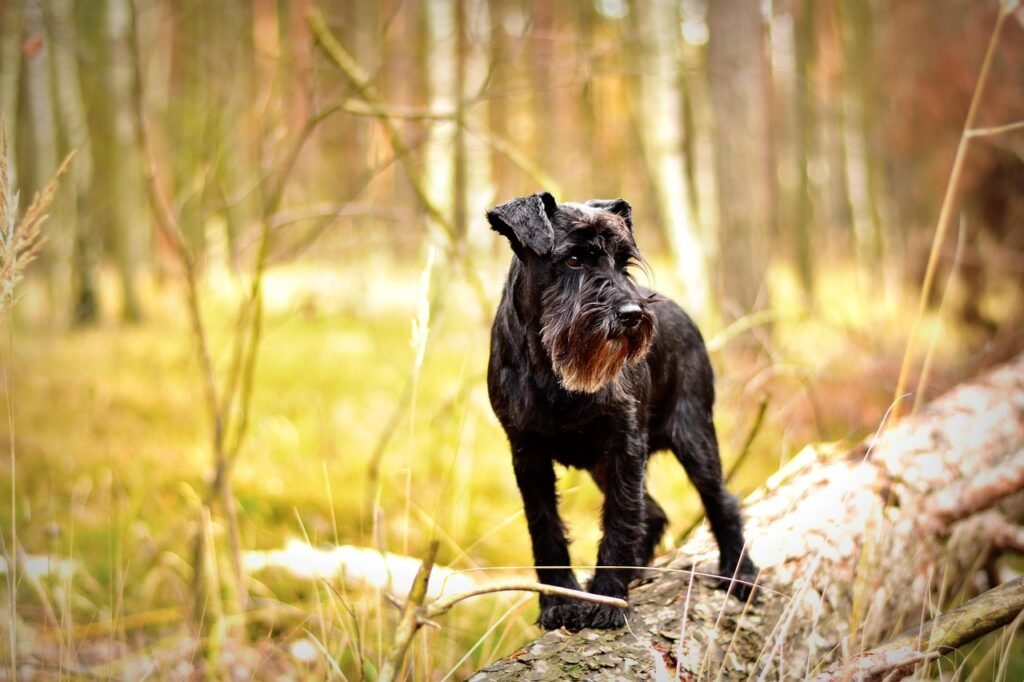
Distinguished by their expressive beards and wiry coats, Miniature Schnauzers are one of the most recognizable small terrier breeds. Originally bred in Germany for ratting and farm work, today they’re family-oriented companions who bring cheer, energy, and alertness to every home. In the U.S., they’re especially popular among families who appreciate their low-shedding coats and playful personalities.
Why they live long: Minis combine modest size with a hardy terrier heritage; many reach 12–15 years. Their brisk metabolism and eagerness to move fit the “active small dog lives longer” profile seen in datasets.
Care to maximize years: Watch triglycerides and weight (this breed can run “snack-enthusiast”). Schedule fasting lipid panels, keep grooming and teeth immaculate, and combine intervals of brisk walking with puzzle toys.
#23. Whippet
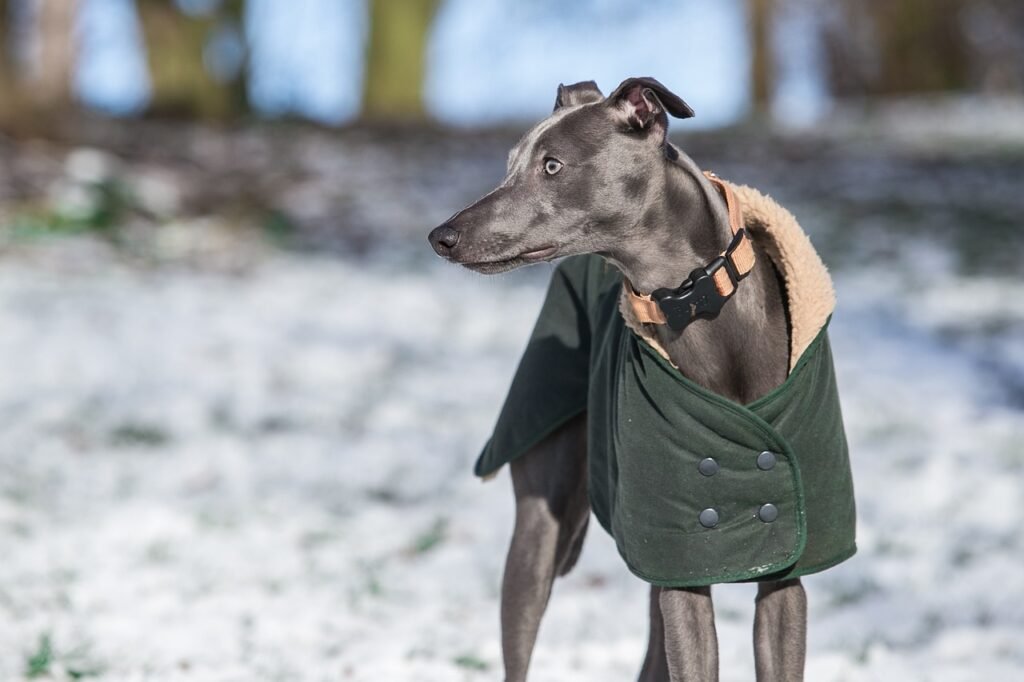
Graceful yet affectionate, the Whippet is often described as the “poor man’s racehorse.” These medium-small sighthounds were bred in England for coursing and racing, but they’re equally famous for their couch-potato tendencies when not sprinting. In the U.S., Whippets are loved as calm indoor companions who surprise families with bursts of incredible speed outdoors.
Why they live long: Lean build and moderate size (well below giant-breed thresholds) are positives for longevity; many Whippets reach 12–15 years. Their low body-fat percentage reduces mechanical wear on joints.
Care to maximize years: Warm up before sprints; emphasize off-leash runs in safe, fenced spaces and alternate with leashed cardio. Keep them lean and protect thin skin with weather-appropriate coats; dental care is non-negotiable.
#22. Basenji
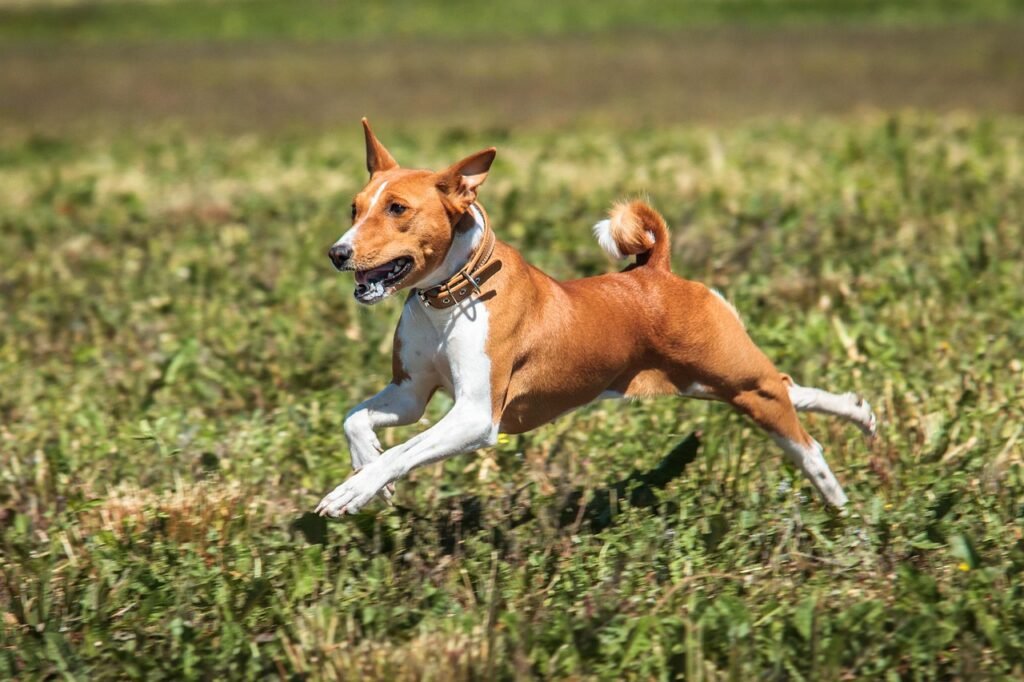
The Basenji is one of the world’s oldest dog breeds, originating in Central Africa where they were prized as hunting companions. Nicknamed the “barkless dog,” they instead produce a distinctive yodel-like sound called a “baroo.” In the U.S., Basenjis appeal to families looking for a clean, catlike, and independent dog that is affectionate but not overly needy.
Why they live long: Compact size and a naturally athletic lifestyle foster healthy hearts and joints. Many Basenjis live 13–14 years, consistent with survival advantages of small/medium breeds.
Care to maximize years: Use structured enrichment (lure coursing, scent games). Maintain steady, high-quality protein and omega-3s for muscle and inflammation control. Keep up with annual senior screens starting around 8–9.
#21. Beagle
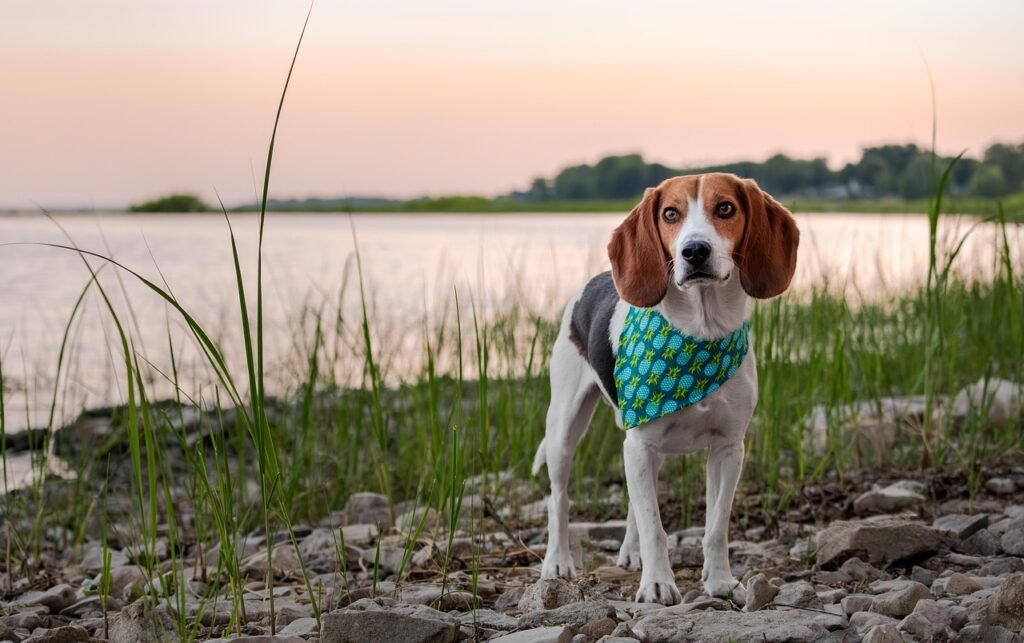
Merry, curious, and endlessly charming, the Beagle is a small hound originally bred for rabbit hunting. With their big brown eyes and iconic floppy ears, Beagles have long been one of the most popular family pets in the U.S. They’re known for their friendliness, adaptability, and powerful noses, which often lead them on comical adventures.
Why they live long: Their small-medium size and muscular frames correlate with lifespan ranges of 12–15 years. Beagles’ active nature supports cardiovascular health, a known ingredient in better survival curves.
Care to maximize years: Manage food motivation—measured meals and high-value treats that fit calorie budgets. Daily sniffer walks satisfy brains while protecting joints. Prevent dental disease to reduce systemic inflammation.
#20. Jack Russell Terrier
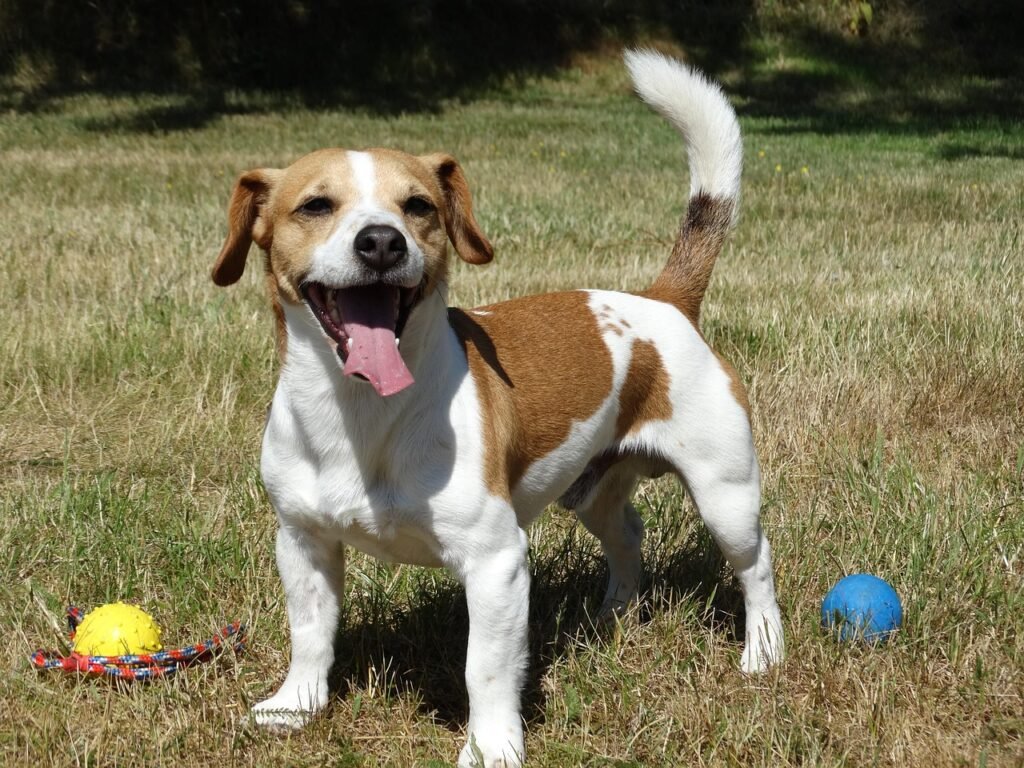
Meet the breed: The JRT is a pocket rocket—bold, brilliant, and built for work. Expect go-all-day energy and sharp problem-solving.
Why they live long: A UK life-table study using tens of thousands of dogs found Jack Russells among the breeds with the highest life expectancy (roughly 12.7 years at birth, often longer anecdotally)—a point echoed by later analyses. Size, fitness, and working selection likely explain the edge.
Care to maximize years: Budget 60–90 minutes of daily activity (agility, fetch circuits, flirt pole), rotate puzzles, and keep weight razor-lean. Consistent dental care and joint protection (warm-ups, soft-surface runs) help sustain performance into the teens.
#19. Shih Tzu
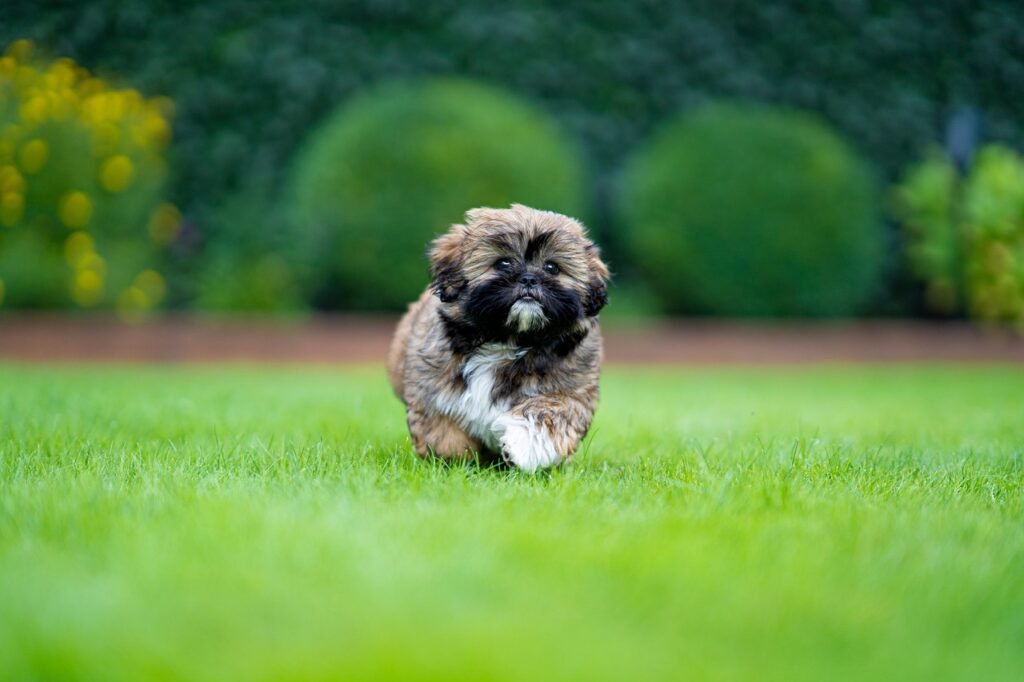
The Shih Tzu has a royal lineage, originally bred as a lapdog for Chinese emperors. With their distinctive flowing coats, charming personalities, and affectionate nature, Shih Tzus have become one of the most beloved toy breeds around the globe. In the U.S., they’re adored as loyal companions who are equally happy snuggling on the couch or going for short walks.
Why they live long: Small stature and companion genetics support 12–16-year runs. Their moderate exercise needs and adaptable metabolism help maintain a healthy body condition when owners portion properly.
Care to maximize years: Daily eye/face grooming, regular professional dental cleanings, and measured meals. Short, frequent walks plus indoor play keep joints limber without over-stressing backs and knees.
#18. Lhasa Apso
Introduction: The Lhasa Apso is a small, long-haired breed originally bred in Tibetan monasteries as sentinel dogs. Revered for their keen senses and watchful personalities, they were seen as protectors against intruders. Today, in the U.S., Lhasa Apsos are prized as affectionate, spirited companions who carry a regal charm and a strong bond with their families.
Why they live long: Their typical lifespan ranges from 12–15 years, with some reaching older ages in healthy households. Their small size and sturdy build give them a longevity advantage. Furthermore, Lhasas often thrive in calmer environments, where reduced stress supports healthier aging.
Care to maximize years: Eye care, coat grooming, and regular dental cleanings are crucial for this breed. Owners should focus on moderate exercise like short walks or play sessions, as well as weight management to reduce pressure on joints. Senior wellness screenings after age 8 help catch issues early.
#17. Maltese
Introduction: With their silky white coats and lively personalities, the Maltese has been a beloved toy breed for centuries, often associated with aristocracy and companionship. Small but full of spirit, these dogs love attention and thrive as family pets. In the U.S., Maltese are especially popular in urban settings due to their size, adaptability, and affectionate nature.
Why they live long: Maltese dogs usually live 12–15 years, with many reaching older ages. Their toy size contributes significantly to their longevity, as smaller breeds are less burdened by the rapid growth and joint strain seen in large breeds.
Care to maximize years: Owners should maintain regular grooming and dental care, as Maltese are prone to oral disease. Balanced diets and short, daily walks help keep them active. Since their small frames cannot carry extra weight, portion control is essential.
#16. Bichon Frise
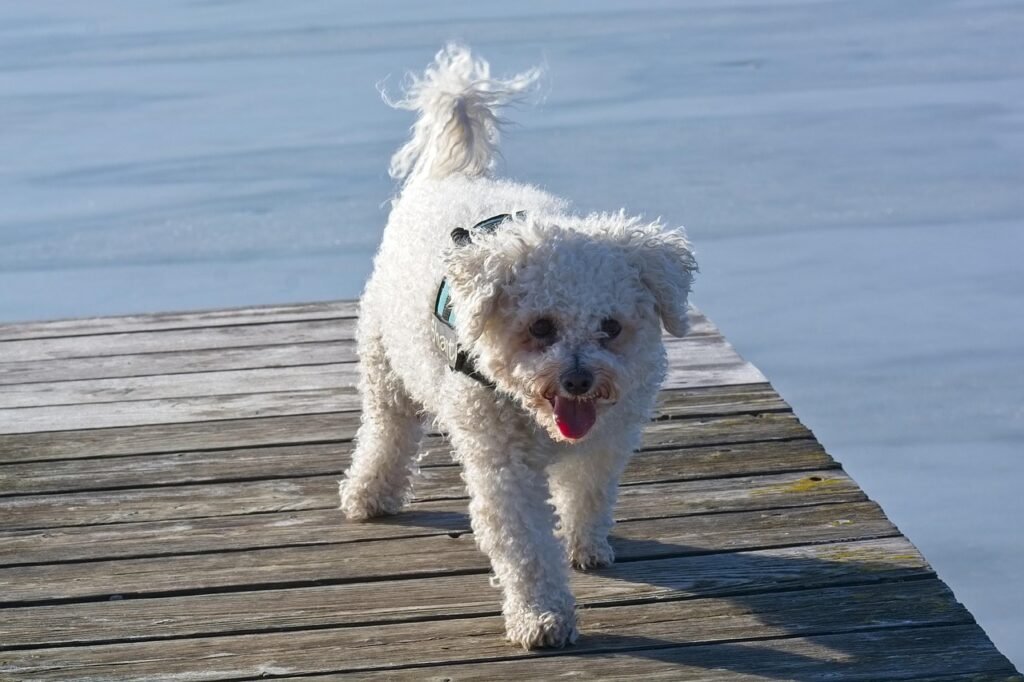
Introduction: Known for their fluffy white coats and cheerful dispositions, the Bichon Frise is often described as a “powder puff dog.” Originally from the Mediterranean region, Bichons were once companions to nobility before becoming adored family pets. In the U.S., they’re a favorite for their low-shedding coats, playful personalities, and adaptability to apartment living.
Why they live long: Bichons generally live 12–15 years. Their small size is part of the reason for this, but their lively, playful nature also contributes to staying lean and active throughout their lives. They are known for remaining youthful well into their senior years.
Care to maximize years: Owners should prioritize professional grooming and dental hygiene. Bichons benefit from moderate exercise like daily walks and indoor play. To support longevity, portion control and regular vet check-ups for allergies or skin issues are recommended.
15. Havanese
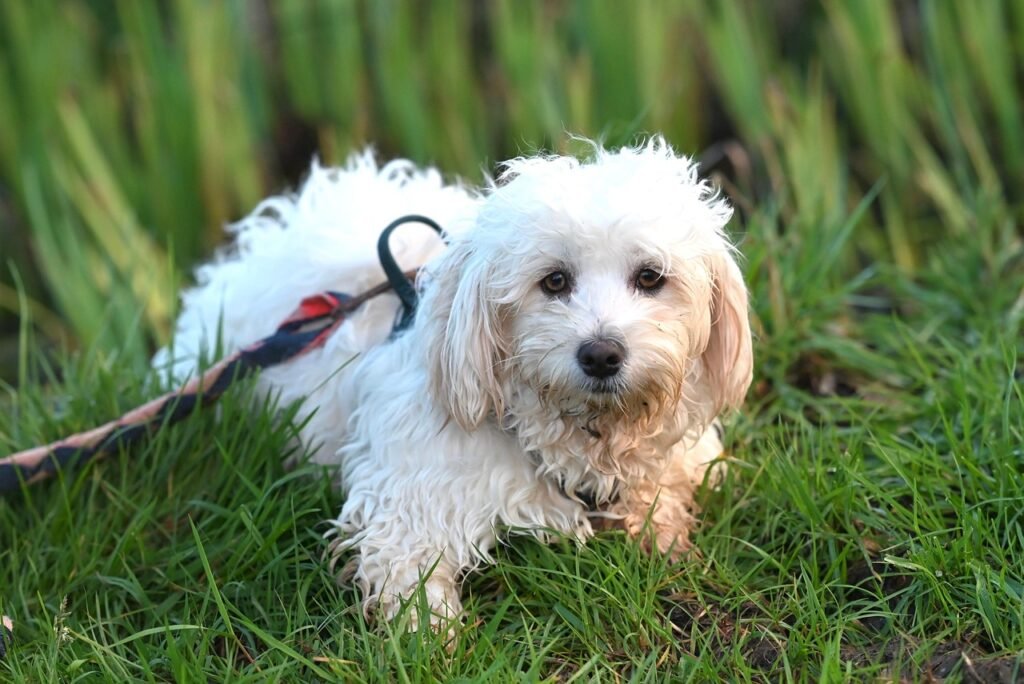
Introduction: The Havanese is Cuba’s national dog, originally bred as a companion to wealthy families in Havana. Recognizable by their silky coats and bright expressions, Havanese are people-oriented, playful, and highly adaptable. In the U.S., they’ve gained popularity as affectionate family pets and therapy dogs due to their gentle, loving nature.
Why they live long: Havanese typically live 12–16 years, with some reaching beyond that. Their toy size and robust constitution give them a natural edge in longevity. Their close bond with humans also contributes to reduced stress and healthier lifespans.
Care to maximize years: Regular grooming, daily dental care, and structured play are vital. Havanese need light but consistent activity such as short walks and games. Preventive care like parasite protection and senior wellness exams after age 8 extend their healthspan.
#14. Miniature Pinscher
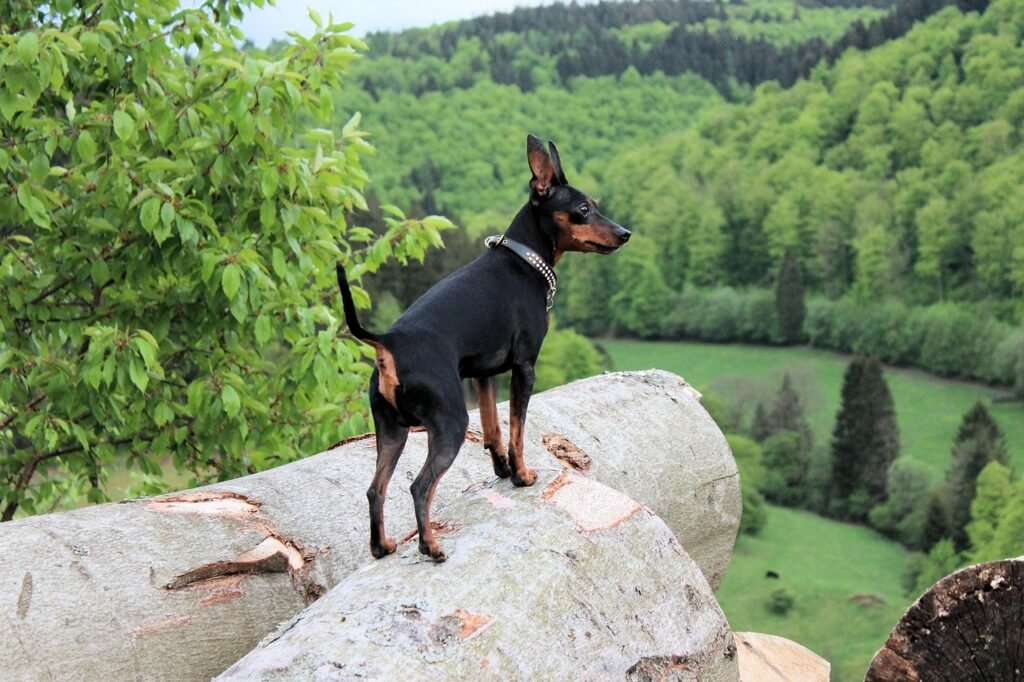
Introduction: Bold, spirited, and athletic, the Miniature Pinscher is often called the “King of Toys” thanks to its confident demeanor. Originating in Germany, this breed was developed as a ratter and companion, combining elegance with energy. In the U.S., Miniature Pinschers are admired for their sleek looks, playful personalities, and fearless charm despite their tiny size.
Why they live long: Min Pins often live 12–16 years. Their toy size, high energy levels, and lean frames all contribute to their long lives. Because they are naturally active, they tend to maintain healthy body conditions, which is key to longevity.
Care to maximize years: Owners should provide structured play such as fetch, stair exercises, or flirt poles to channel energy safely. Dental care, nail trimming, and weight control are critical. Small dogs age best when kept lean and active.
#13. Border Terrier

Introduction: The Border Terrier is a small, rugged terrier bred along the border of England and Scotland to hunt foxes. Recognized for their otter-shaped heads and wiry coats, these dogs are both tough workers and affectionate companions. In the U.S., they’re valued for their easygoing temperaments and loyalty to family.
Why they live long: With lifespans averaging 12–15 years, Border Terriers benefit from their small size and hardy genetics. They have historically been bred for utility rather than appearance, which may have helped preserve healthier lines.
Care to maximize years: These terriers thrive on trail walks, scent games, and moderate exercise. Because they are prone to weight gain, owners should maintain strict portion control. Regular dental cleaning and tick prevention are particularly important for outdoor-loving Borders.
#12. Cairn Terrier
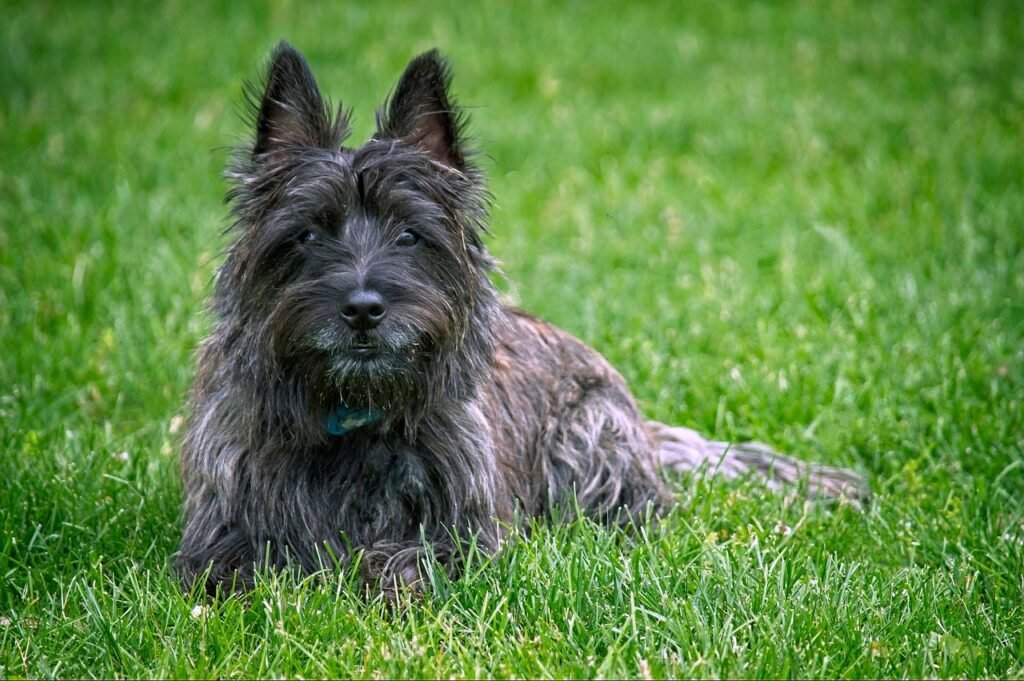
Introduction: Best known as the breed that played “Toto” in The Wizard of Oz, the Cairn Terrier is a spunky, affectionate, and sturdy little dog. Originating from Scotland, Cairns were bred to hunt vermin, which made them resourceful and independent. In the U.S., they remain popular for their playful personalities, adaptability, and strong bonds with families.
Why they live long: Cairns typically live 13–15 years. Their compact size, combined with an active metabolism, contributes to a long lifespan. Many Cairns remain spry and energetic well into their senior years when properly cared for.
Care to maximize years: Owners should provide daily walks, puzzle toys, and scent games to keep them sharp. Because Cairns love food, calorie control is crucial to prevent obesity. Regular dental care and annual bloodwork after age 8 support long-term health.
#11. Manchester Terrier
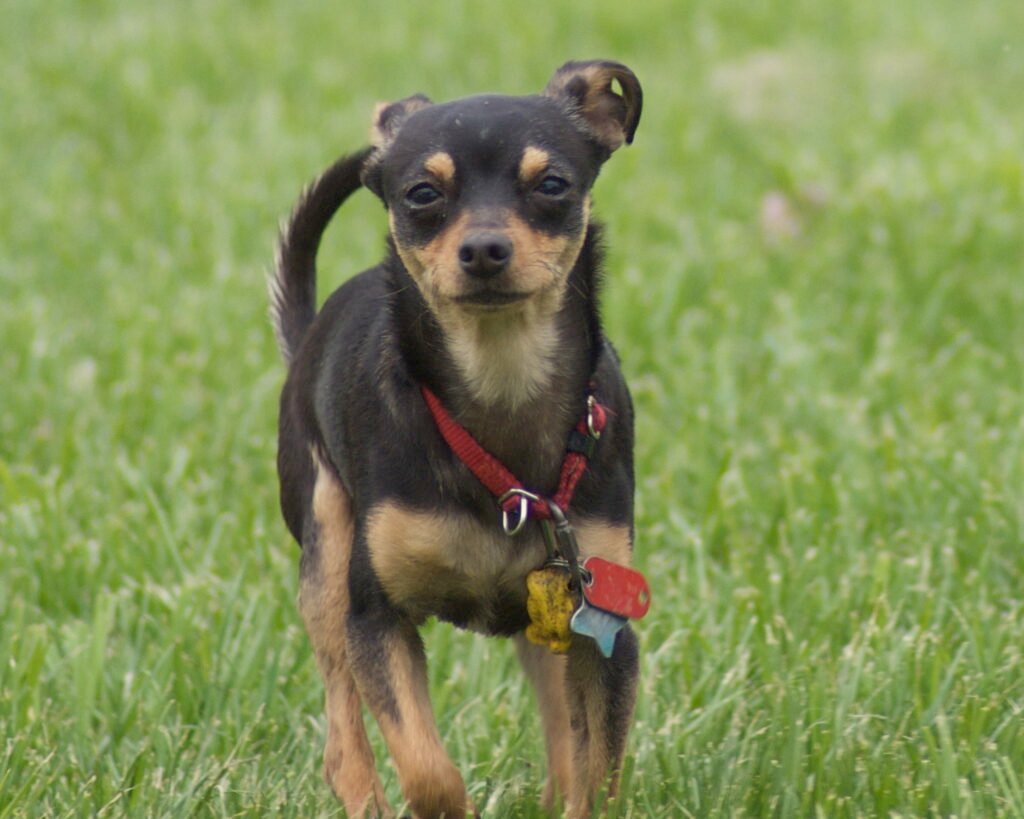
Introduction: Sleek and refined, the Manchester Terrier is a small, athletic breed developed in England during the 19th century for ratting and rabbit hunting. Known for their smooth black-and-tan coats and lively expressions, they are elegant yet hardy companions. In the U.S., Manchester Terriers are appreciated for their intelligence, trainability, and affectionate bonds with their families.
Why they live long: This breed typically lives 12–14 years. Their small size, natural leanness, and active personalities help promote strong cardiovascular health and protect against obesity-related illnesses, which shortens life in many breeds.
Care to maximize years: Owners should provide daily exercise through structured play and brisk walks. Dental care and parasite prevention are especially important. Keeping them mentally engaged with games and training also supports a long, healthy life.
#10. Tibetan Terrier
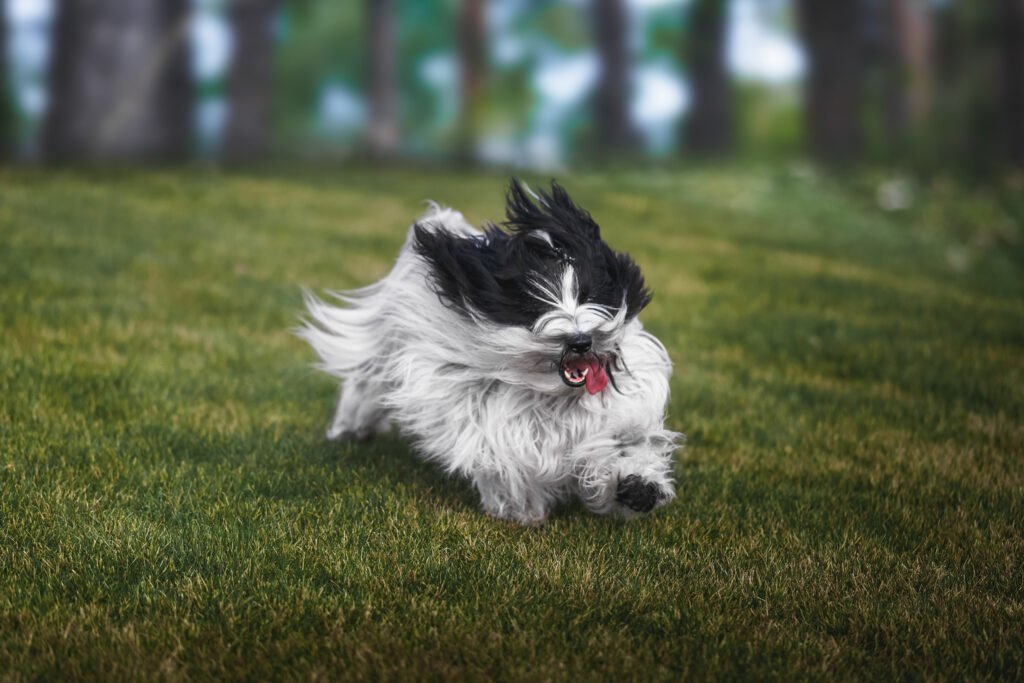
Introduction: Despite its name, the Tibetan Terrier is not a terrier at all but rather a herding and companion dog bred in Tibetan monasteries. Known as the “Holy Dogs of Tibet,” these medium-small pups were revered as bringers of good fortune and guardians of their human families. With their shaggy coats, expressive eyes, and adaptable natures, Tibetan Terriers are well-loved in the U.S. as loyal companions that thrive both in active homes and more relaxed households.
Why they live long: Tibetan Terriers often reach 15–16 years, with some living even longer. Their moderate size places them in the “longevity sweet spot”—large enough to avoid toy breed fragility, yet small enough to avoid the accelerated aging of giant breeds. Their hardy genetics and mountain-dog background also contribute to resilience.
Care to maximize years: Regular coat grooming, eye checks, and dental care are critical. They enjoy long walks and hikes but should avoid excessive high-impact activities on hard surfaces. Omega-3 supplements for skin and joints, paired with lean nutrition, extend health into the senior years.
#9. Italian Greyhound
Introduction: The Italian Greyhound is a miniature version of the Greyhound, beloved since Renaissance times as a favored lapdog of European nobility. With their delicate frames, graceful gait, and affectionate personalities, these “Iggies” are both elegant and clownish. In the U.S., Italian Greyhounds are adored as small companions with big hearts, perfect for families who want a mix of sophistication and playfulness.
Why they live long: Italian Greyhounds often live 13–15 years, aided by their tiny size and efficient, low-impact movements. Unlike heavier breeds, their delicate build avoids excess stress on joints, which supports mobility well into old age.
Care to maximize years: Owners should protect their fragile legs by preventing jumps from high furniture. Warm sweaters are essential in colder climates due to their thin coats. Frequent dental care is non-negotiable for this breed, and gentle exercise through short sprints and play keeps them.
#8. Yorkshire Terrier
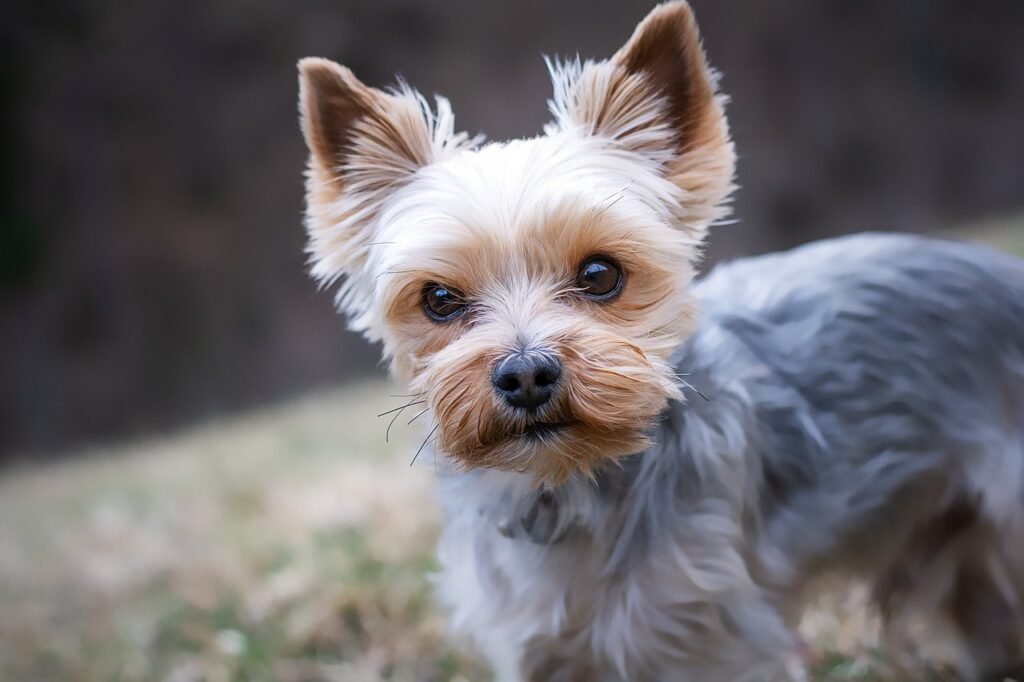
Introduction: The Yorkshire Terrier, or “Yorkie,” is one of the most popular toy breeds worldwide. Originally bred in 19th-century England as a working-class ratter, Yorkies quickly rose to fame for their glamorous silky coats and bold personalities. In the U.S., they’re cherished as affectionate lapdogs who pack a feisty, terrier-style punch despite their tiny size.
Why they live long: Yorkies typically live 12–15 years, with some reaching 17 years or more. Their toy stature provides a natural advantage, and their alert, active nature helps keep them mentally and physically engaged into their senior years.
Care to maximize years: Daily brushing, dental cleaning, and careful portion control are vital. Yorkies need regular but gentle exercise, such as short brisk walks. Annual senior screenings from age 9 help identify issues early, supporting longer, healthier lives.
#7. Pomeranian
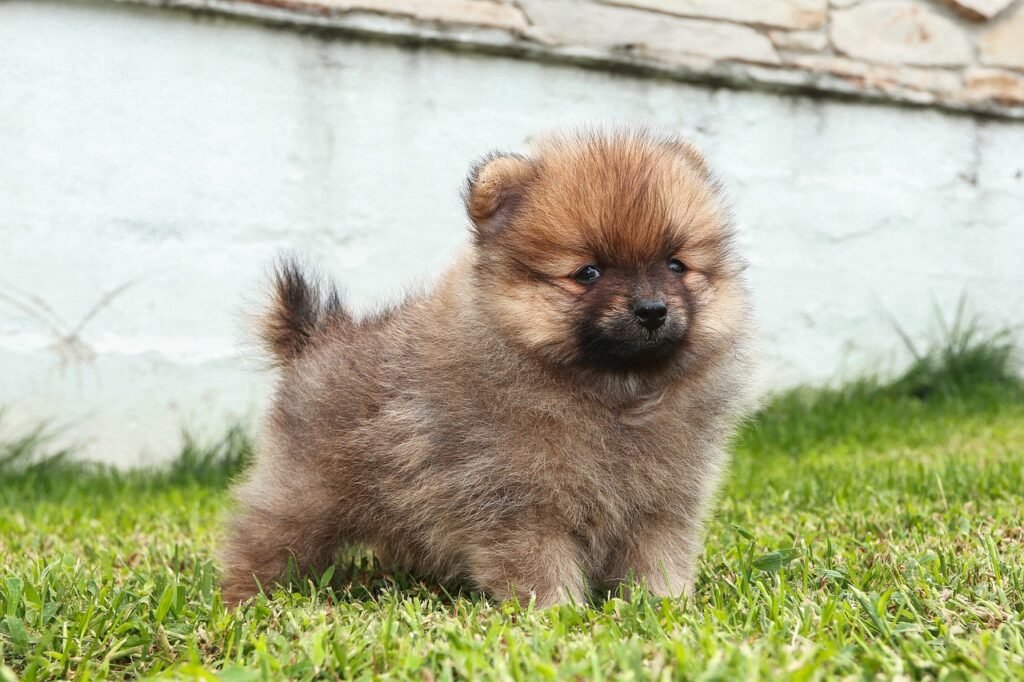
Introduction: The Pomeranian is a lively little fluffball that originated from larger sled-pulling Spitz dogs in the Arctic. Over time, they were bred down in size, gaining enormous popularity as companions to royalty, including Queen Victoria. Today, Pomeranians are adored in the U.S. as confident, portable companions with charming foxlike faces and endless personality.
Why they live long: Their average lifespan ranges between 12–16 years, and many live even longer. Their toy size and energetic personalities encourage longevity, while their lively natures keep them active and mentally sharp throughout life.
Care to maximize years: Owners must be diligent with grooming and dental hygiene. Harnesses are preferred over collars to prevent tracheal damage. Consistent weight management and mental engagement—like training new tricks—are important for healthy aging.
#6. Papillon
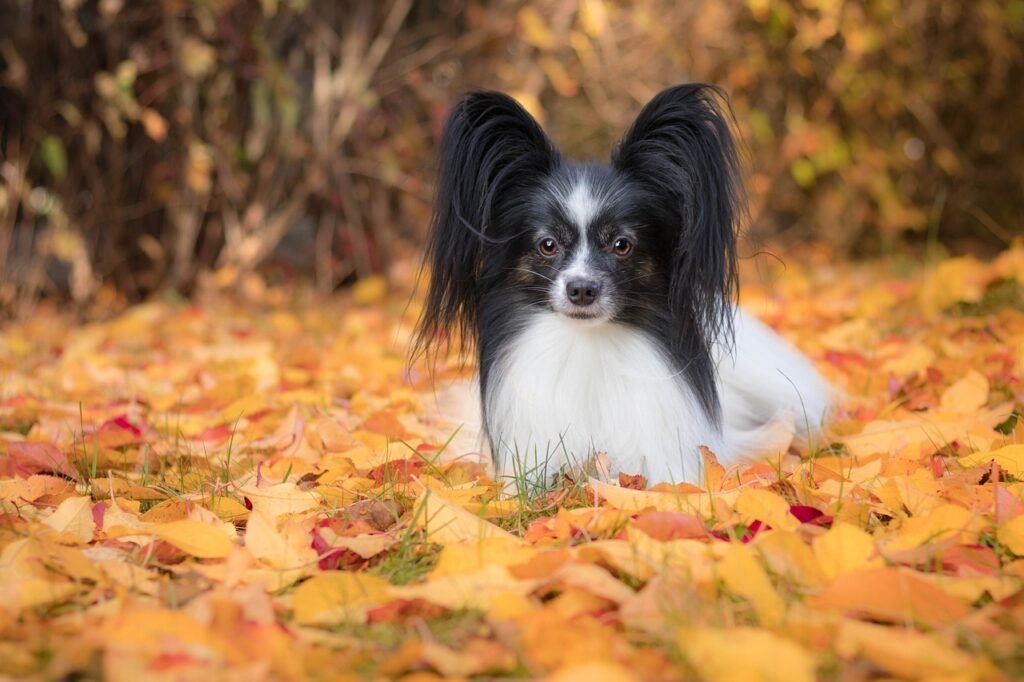
Introduction: Named for their distinctive butterfly-like ears, the Papillon is one of the oldest toy breeds, with roots tracing back to French and Spanish aristocracy. Tiny but athletic, Papillons are full of energy, curiosity, and affection. In the U.S., they are highly prized in dog sports like agility, where their intelligence and athleticism shine, making them more than just a pretty lapdog.
Why they live long: Papillons often live 13–16 years, a result of their toy stature, lean bodies, and active, engaged lifestyles. Their agility and love for movement promote strong cardiovascular and joint health, both of which support longevity.
Care to maximize years: Owners should provide plenty of mental enrichment, agility-style games, and puzzle toys. Frequent dental cleanings are essential, as small mouths are prone to tartar buildup. Balanced diets and regular vet checks ensure long-lasting vitality.
#5. Rat Terrier
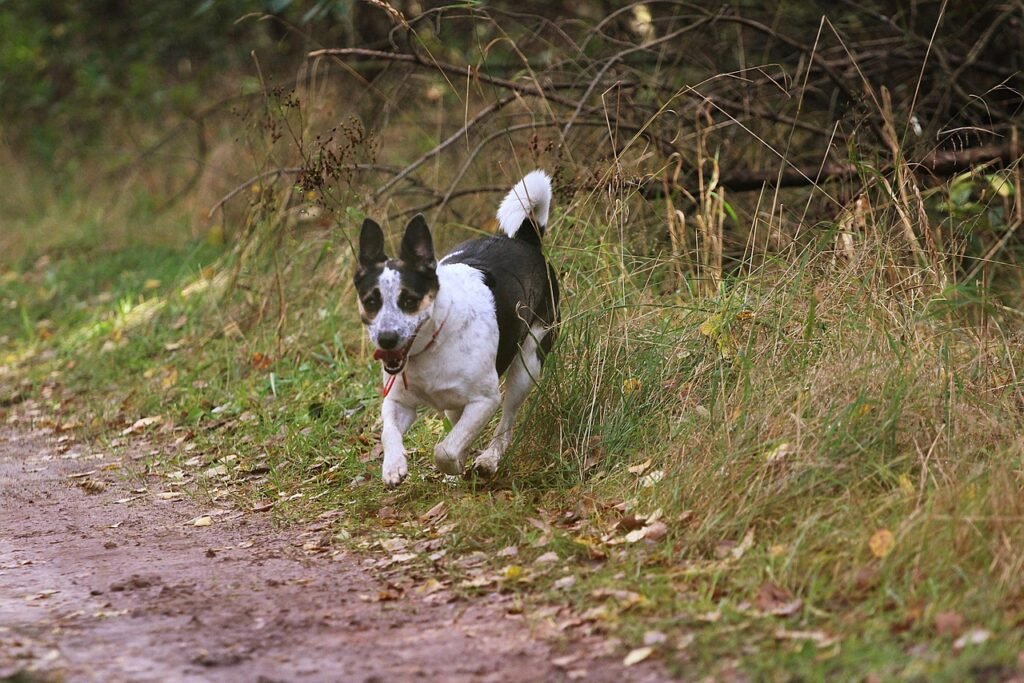
Introduction: The Rat Terrier is an American original, bred in the early 20th century as a farm dog and vermin hunter. Compact, energetic, and versatile, they’ve long been appreciated for their hard work and companionship. In the U.S., Rat Terriers are celebrated as family pets with high intelligence, loyalty, and a playful spirit that makes them a joy to live with.
Why they live long: Rat Terriers have one of the longest life expectancies of any dog, often reaching 15–18 years. Their small-to-medium size and active nature help keep them lean, while their historically diverse gene pool supports robust overall health.
Care to maximize years: Regular exercise—such as brisk walks, fetch, or agility—is key to maintaining fitness. Owners should manage calories carefully, as even small amounts of extra weight can shorten lifespan. Routine dental care and senior check-ups enhance their already impressive longevity.
#4. Dachshund
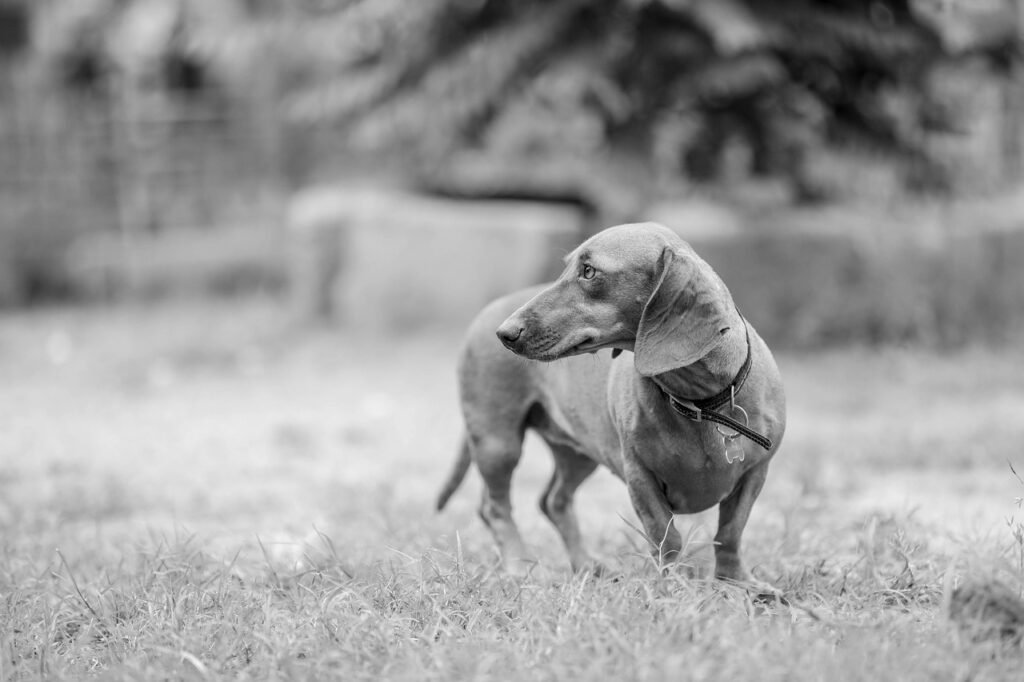
Introduction: With their elongated bodies and bold personalities, the Dachshund is instantly recognizable. Originally bred in Germany to hunt badgers, these “wiener dogs” are fearless and affectionate. In the U.S., they’re one of the most popular breeds, loved for their clownish behavior, loyalty, and suitability for both apartments and houses.
Why they live long: Dachshunds often live 12–16 years, and many surpass this with proper care. Their small size works in their favor, though their long backs make them prone to spinal issues, which are the main health risks that can shorten their lives.
Care to maximize years: Preventing jumping from furniture is essential to protect their spines. Owners should provide ramps, keep them lean through controlled feeding, and support muscle tone with daily walks. Dental care and regular vet exams help Dachshunds thrive into old age.
#3. Toy Poodle
Introduction: The Toy Poodle is a smaller cousin of the Standard and Miniature Poodle, celebrated for their intelligence, trainability, and affectionate personalities. With their hypoallergenic coats and sharp minds, Toy Poodles excel not only as companions but also in obedience and agility. In the U.S., they’re especially popular in families that appreciate low-shedding, versatile, and playful dogs.
Why they live long: Toy Poodles are among the longest-lived breeds, averaging 14–18 years, with many living beyond that. Their toy size reduces the wear and tear associated with larger bodies, while their intelligence makes it easy for owners to keep them physically and mentally fit.
Care to maximize years: Grooming, coat maintenance, and especially dental hygiene are critical. Owners should provide daily walks, short training sessions, and indoor play. Maintaining lean body weight is the key to ensuring they enjoy both long lifespans and healthy senior years.
#2. Coton de Tulear
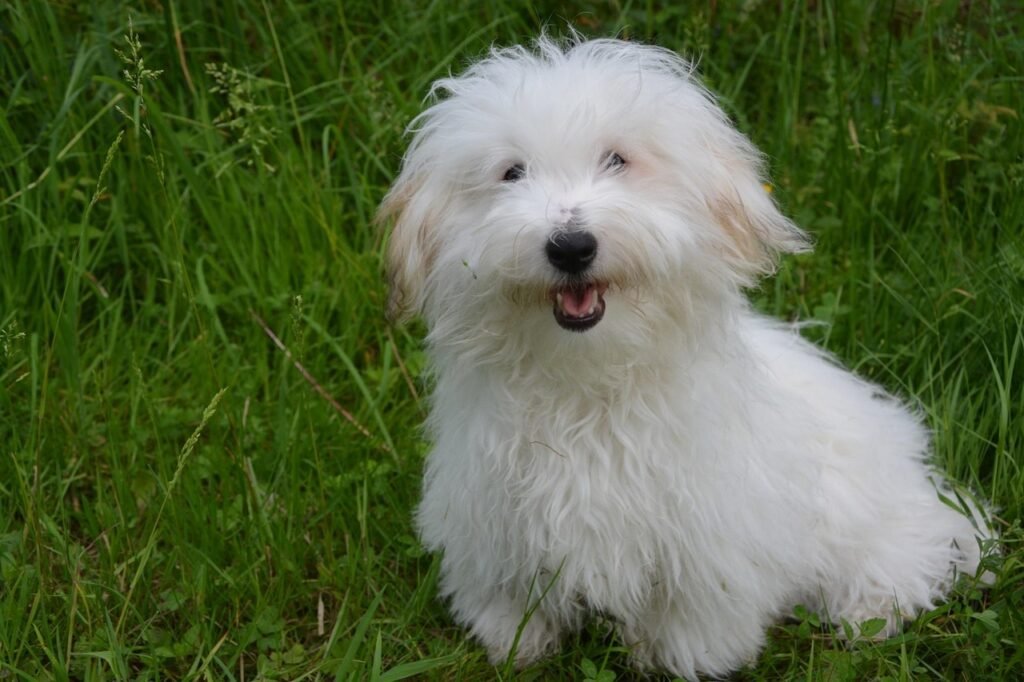
Introduction: The Coton de Tulear, sometimes called the “Royal Dog of Madagascar,” is a rare but increasingly popular breed in the U.S. Known for its cotton-like coat, playful spirit, and affectionate personality, this small companion dog was historically treasured by Malagasy nobility. Today, they’re adored for their charm, adaptability, and incredible longevity.
Why they live long: Cotons frequently live 15–19 years, making them one of the longest-living breeds. Their small size, combined with resilient genetics and their strong bond with humans, contributes significantly to their remarkable lifespans.
Care to maximize years: Owners should brush their coats several times weekly, maintain dental hygiene, and provide light daily exercise like two brisk walks plus playtime. Careful calorie control is critical, as their tiny frames can’t handle extra weight.
#1. Chihuahua

Introduction: The Chihuahua may be the smallest dog breed in the world, but it boasts one of the biggest personalities. Originating from Mexico, this ancient breed has roots that trace back to the companion dogs of the Toltec and Aztec civilizations. In the U.S., Chihuahuas are cherished as loyal lapdogs, travel-friendly companions, and spirited little watchdogs.
Why they live long: Chihuahuas are true longevity champions, often living 14–16 years, with many reaching 18 or older. Their toy size, efficient movement, and adaptable lifestyles help them avoid the health challenges of larger breeds.
Care to maximize years: Owners should protect them from cold weather with sweaters, keep up with dental cleanings every 12–18 months, and feed precise, portioned meals. Short, frequent walks combined with indoor play help keep joints strong and weight in check.
Pro tip: If your heart is set on a larger breed, watch the cutting edge—researchers are testing longevity-focused approaches for big dogs by modulating growth-hormone biology. For now, the proven wins are still the simple ones: lean body weight, teeth, movement, prevention—the core of a longer, better canine life.
When it comes to longevity, the message is clear: smaller, active breeds tend to live the longest, but no matter the breed, how you care for your dog plays the biggest role in their overall lifespan. The 30 breeds on this list—from the tiny Chihuahua to the hardy Australian Cattle Dog—have proven that with the right mix of genetics, size, and care, dogs can live long, healthy, and joyful lives well into their teens and even beyond.
As a pet parent, you have the power to add years to your dog’s life by focusing on the essentials: keeping them lean, supporting their dental health, staying on top of preventive vet visits, and giving them both physical exercise and mental enrichment. Choosing a breed with a naturally long lifespan is just the first step; consistent, thoughtful care is what ensures your furry best friend stays happy and healthy for as long as possible.
At the end of the day, whether your dog lives 10 years or 20, what matters most is the love, laughter, and companionship you share. A long-lived breed gives you more time—but the quality of those years comes from the bond you nurture every single day.

Andrew Alpin from India is the Brand Manager of Doggo digest. Andrew is an experienced content specialist and social media manager with a passion for writing. His forte includes health and wellness, Travel, Animals, and Nature. A nature nomad, Andrew is obsessed with mountains and loves high-altitude trekking. He has been on several Himalayan treks in India including the Everest Base Camp in Nepal.





